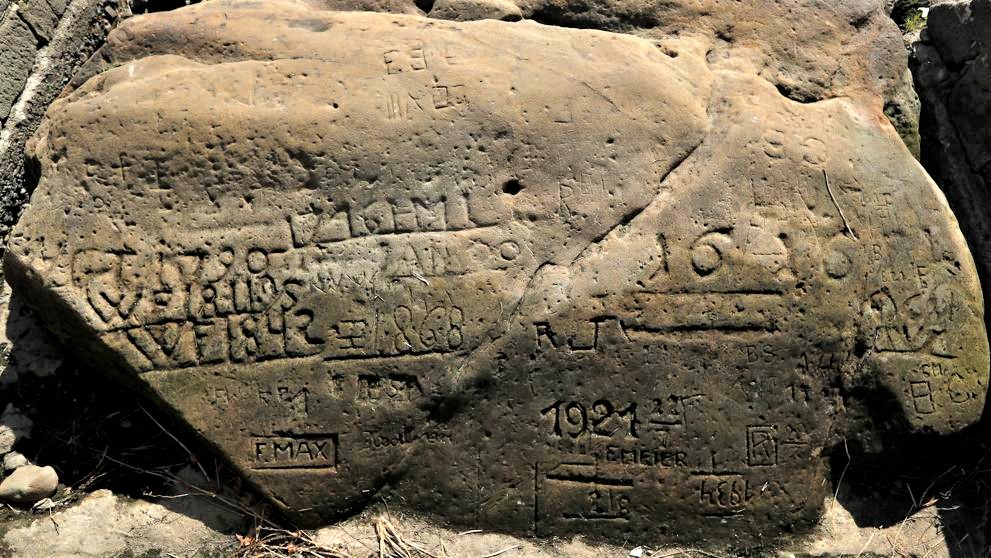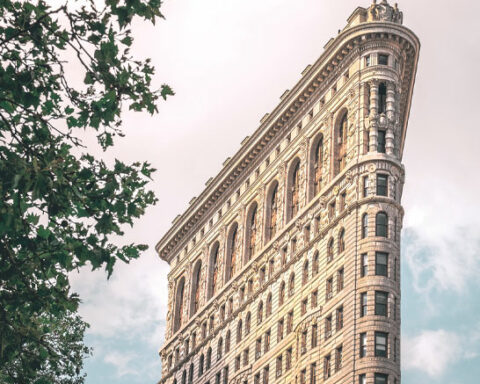Christian Nielsen
The sinister message engraved on the “hunger stones”.
It was a morning of November 11, 1417. The Rhine River, which flows through Germany, France, Switzerland, the Netherlands, Austria and Liechtenstein, was running out of water, showing off its rocky shores and endless sandbanks. Through the large stained glass windows of the Cathedral of Constance one could contemplate the also diminished mirror of water of Lake Constance, while inside the Gothic building, the conciliar meeting put an end to the Western Schism with its three popes reigning at the same time, John XXIII, Gregory XII and Benedict XIII.
Much of Europe was suffering from extreme drought. The first lashes of hunger were beginning to be felt with large areas of crops lost as a result of the heat wave and the scarcity of water.
One of the longest rivers in Europe is the Elbe, which has its headwaters in the Sudetenland of what is now the Czech Republic. With its 1,161 kilometres, it irrigates a basin of 144,000 square kilometers to flow into one of the largest ports in the world, Hamburg. In 1616, the year of the death of two giants of literature, Shakespeare and Cervantes, the Elbe reached its maximum drop and for the superstitious of that time, it was a prelude to the end of the world.
Hence the inscriptions on the stones.
HUNGER STONES – With each extreme downspout, the Elbe River exposes, like a rotting corpse, its rocky bed with stones carved and polished by millions of years of continuous torrents. From its headwaters in Decín, a Czech city, to its mouth in the North Sea, the banks of the river leave exposed, with downspouts such as the one that currently affects it, various inscriptions that document successive stages of drought, low water and, consequently, of famine, scarcity and, finally, famine.
Hence the inscriptions.
In 1417, a local wanted to leave this message on the banks of the Elbe in Germany: “If you see this stone again, you will cry. That’s how shallow the water was in the year 1417.”
Another was somewhat more encouraging. A villager in Worms, on the banks of the Rhine, carved this message that same year: “Life will flourish again when this stone has disappeared under water.”
Beyond, again the black wave. “The one who once saw me, she cried. Whoever sees me now will also cry.”
And so it was, cycle after cycle. Apart from 1417, the rivers of Europe also dried up in 1616, 1707, 1746, 1790, 1811, 1830, 1842…
GREEN EUROPE – Europe is crossed by rivers of all sizes. From the mighty Volga to the extensive Danube, the rivers are the source of life for a territory of more than 10,500,000 square kilometers and 750 million inhabitants. There, 173 million hectares are cultivated each year to produce an annual average of 306 million tons of cereals, 11 million tons of fruit and vegetables, give water to 78 million head of cattle and give life to countless other products of the agriculture that need a constant supply of drinking water to maintain their production rate.
Until the appearance of modern mechanized agriculture and the globalization of the economy, Europe depended on its crops to provide itself with food. Despite having developed irrigation systems since ancient times, drought was a certain sentence to starvation if it lasted longer than usual.
Inscribed stones appeared seven times in the 19th century. And each of them coincided with food shortages. The Germans, with typical black humor, ended up baptizing them hungersteine or hunger stones. And you don’t have to go far back in the almanac to have modern versions of these lean periods that many believers link with divine punishment. Between 1946 and 1947, shortly after the end of World War II, the Germans plunged into the so-called hungerjhar or the year of hunger. Of course, this time it was not the drought that was to blame, but something much more lethal: the war and its sequel of destruction, disease and death.
AND NOW? – “Europe is dying of thirst” shouted the headline of a London newspaper. Exaggerations? Let’s see. In England it was prohibited, under penalty of heavy fines, to water gardens and wash cars. Norway, which is self-sufficient in energy with hydroelectric dams, had to cut off the export of its surpluses due to the scarcity of water in its reservoirs. In Rome, tourists cool off in one of the 1,200 ornamental fountains that have graced the city since imperial times. In the Netherlands, the water minister asked citizens to shorten their showers. In France, 100 municipalities have been left without water and the tanker trucks are not enough. “This is unprecedented, we never saw this before. The bad thing is that there are no signs that it will improve” warned the Minister of Ecological Transition (?).
People don’t have to know this, but this is not new. It has happened before and, probably, with worse effects than the current ones.
The “hunger stones” say it in silence, with gloomy messages that come from the past.
.fb-background-color { background: #ffffff !important; } .fb_iframe_widget_fluid_desktop iframe { width: 400px !important; }
The entrance If you see me, cry… was first published in The Independent.






